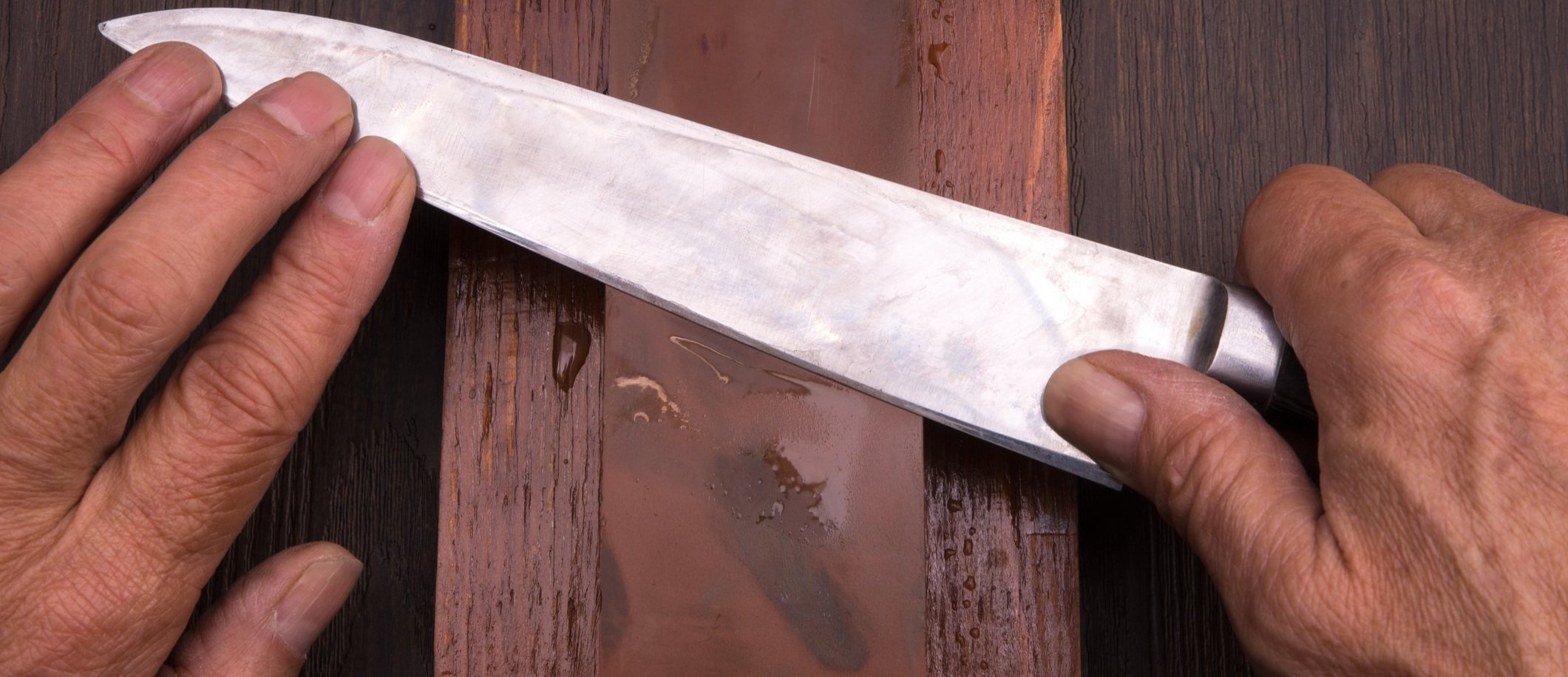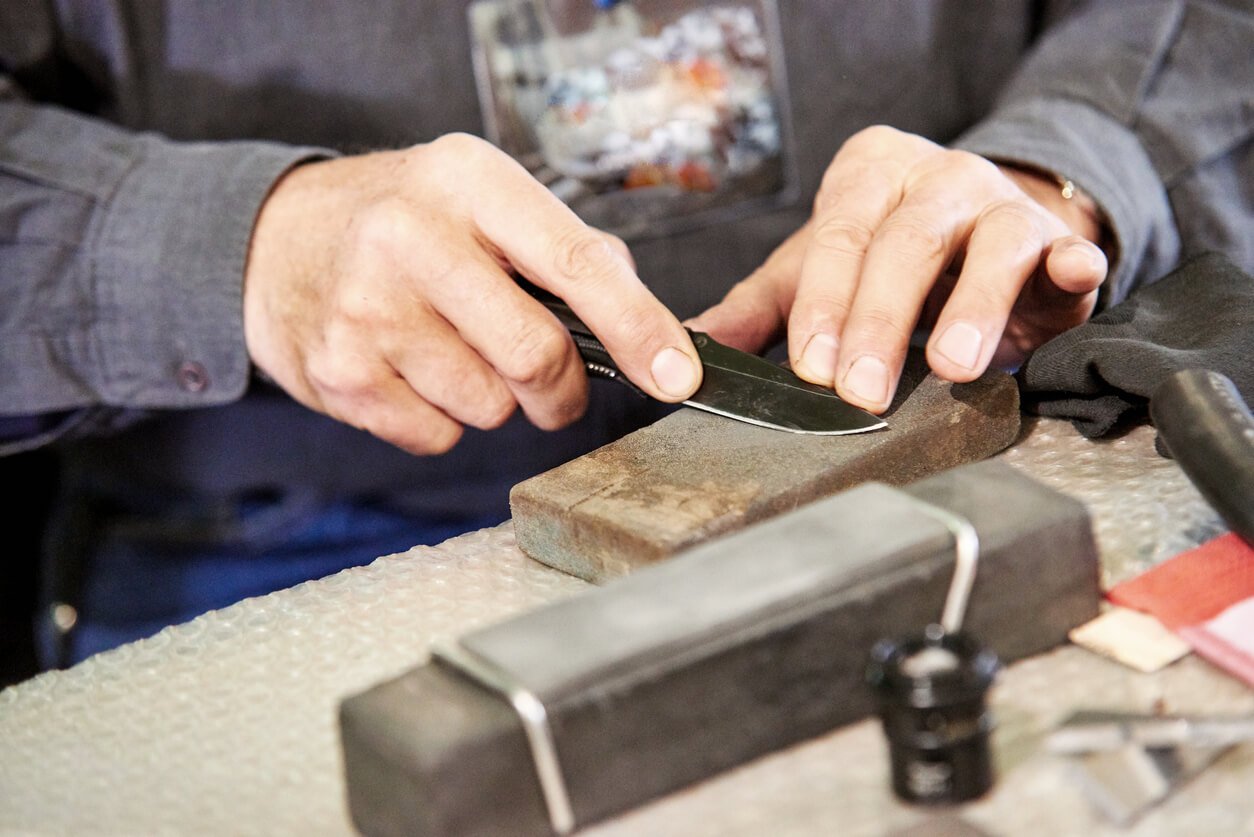Whetstones
Discover > Product Recs > Whetstones
Whetstones, or as they're more commonly called today, sharpening stones or water stones, do not get their name from their use of water for lubrication, but that the "whet" means "to sharpen the blade of a tool or weapon. Early sharpening stones date all the way back to 79 AD.
Whetstone Materials
Before the familiar synthetic blocks we know today were available, they have mined in places the Honyama mines in Japan, until they were closed in 1967 due to the uprise of synthetic blocks. A mine in Belgium is one of the last sharpening stone mines operational today, they mine for the sturdy "blue Belgium" stones.
Synthetic sharpening stones rose in popularity around the world, not because of their superior strength or durability, but because synthetic stones have a much more consistent grain pattern. There are three primary materials either mined or used intended for whetstone production. Synthetic stones are made from metal abrasives like silicon carbide or aluminum oxide, while natural stones are often made from novaculite.
Japanese Whetstones
In Japan, geology has been key to much of their success when it comes to mining to sharpening stones. Japan provides a form of rock that consists of silicate particles in a clay matrix softer than novaculite, making it ideal for sharpening. There are typically three broad grades for these stones; A rough stone, a medium stone, and a finishing stone, there is a fourth, "nagura" which is not used to sharpen, but to condition other whetstones during use. A Japanese grading system uses 3 names based on grit. Arato is a measurement of usually 500-1000 grit, Nakato is 3000 - 5000, and shaigeto is 7000 - 10000 grit. You can find a whetstone with a grit of up to 30,000.
Whetstone Grit Size
Surprisingly there is no standard between grit size and particle diameter. "Grit-size" is used to refer to the smoothness of the finished product, not just the stone. Other factors that affect the outcome of the product are:
the shape of the abrasive particles
How much of each particle is exposed to the binders
Friability: whether the abrasive particles fractured into smaller particles by friction
The hardness of the abrasive particles
Chemical composition of the abrasives particles. Some common materials are diamond, CBM (cubic boron nitride), chromium III oxide, tungsten carbide, silicon carbide, and other ceramics.
In synthetic stones, the grit is related to the mesh size used to select the particles to be included in the abrasive. Some typical grit sizes and their uses are as follows:
Grit Size Particle Diameter Use
200 80 μm Removing chips form Blades
500 30 μm Roughly sharpening blades
1000 8 μm Smoothing rough edges into medium edges
4000 4 μm Smoothing a medium edge into a sharp edge for meat
8000 2 μm Further smoothing for fish or veg
30000 0.5 μm Polishing for a mirror-smooth edge
These days whetstones come in all sorts of shapes, sizes, colors, grit sizes, materials, and prices. The "grade" of whetstone refers to its grit size. Grit size will determine what the stone should be used for, for shaping, sharpening, smoothing, or polishing. Often times synthetic whetstones come double-sided, with one side having a higher grade than the other. A common misconception is that it is required to soak your stone before use. Water lubricates the stone and carries any swarf away, but is not necessary.






